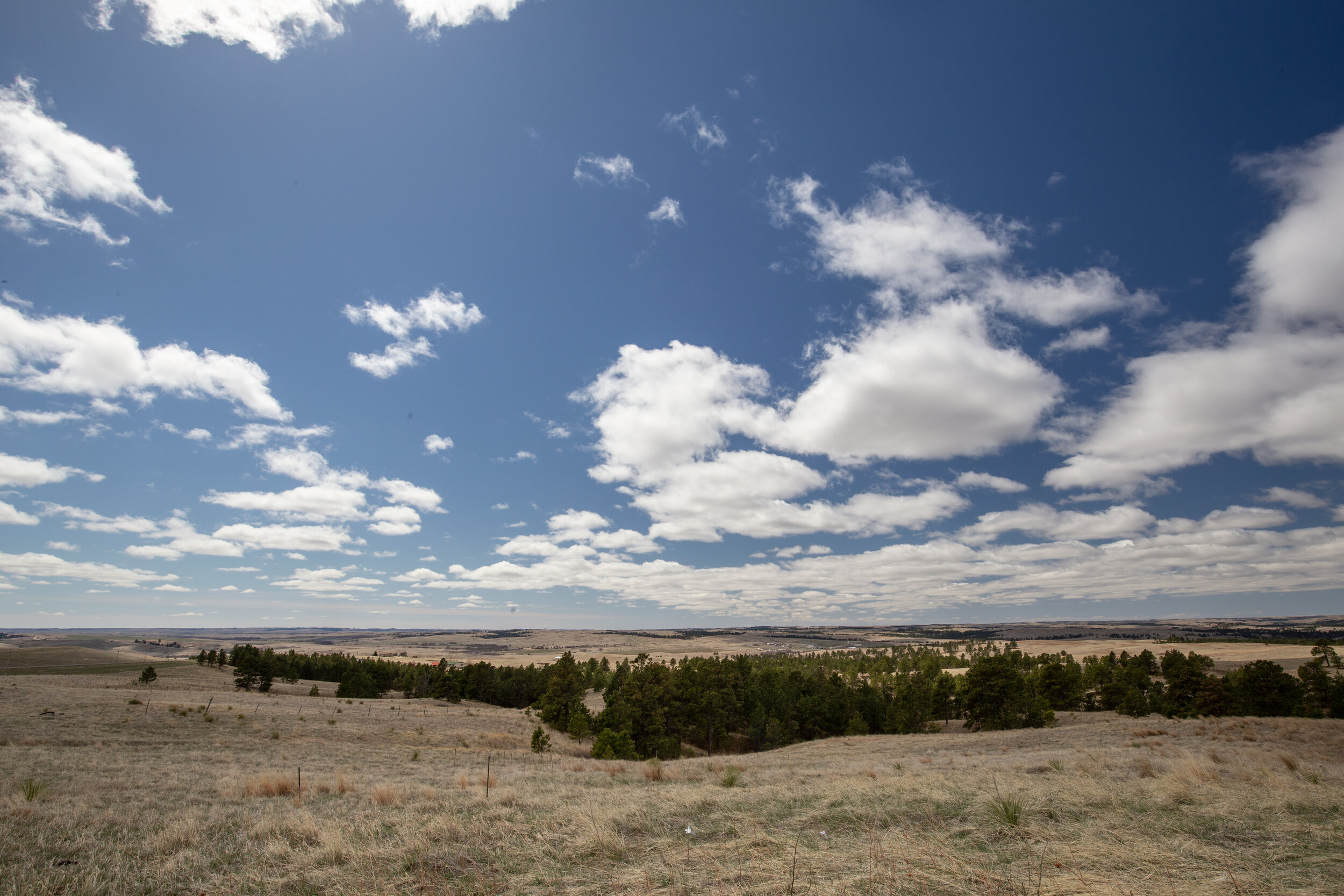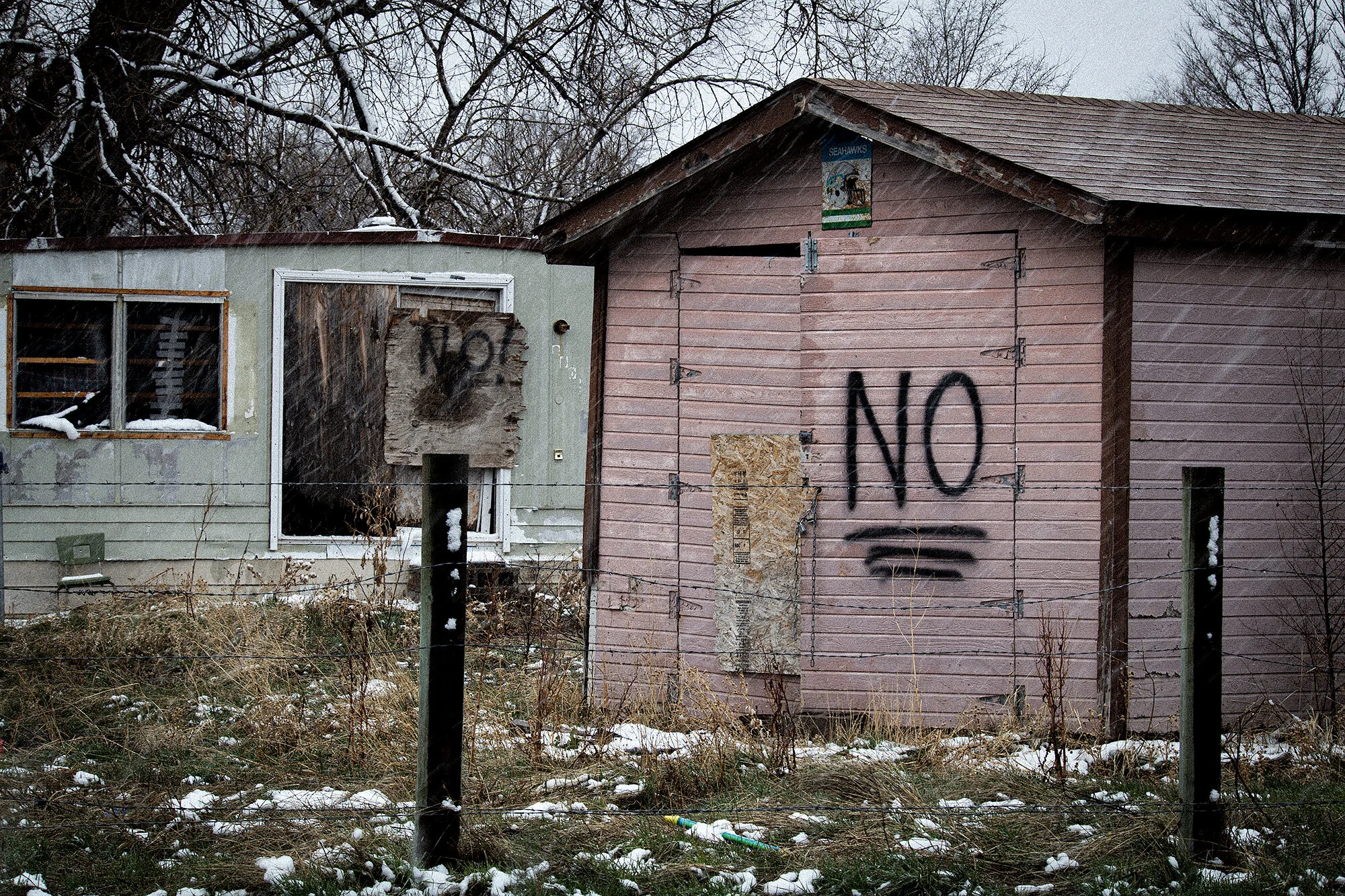Home of the Oglala Lakota Nation
Located in the southwestern corner of South Dakota, the Pine Ridge Reservation is approximately 100 miles from Rapid City. Surrounded by rolling prairie, Badlands, and the Black Hills, the Pine Ridge Reservation is home to the Oglala Lakota Nation.
The Pine Ridge Reservation occupies the entirety of Oglala Lakota (formerly Shannon) County, the southern half of Jackson County and Bennett County. The total land area of the reservation is 2.1 million acres. The reservation is among the largest in the United States.
See Beyond the Poverty; Embrace the Possibilities
Verified and accurate statistics can be hard to come by on the reservation, and only paint a partial picture of the realities endured by the residents of the communities on Pine Ridge. Likewise, statistics do not capture the vibrant culture, talented artists, hopeful young people, and the many individuals and organizations committed to building a better today – and tomorrow across the reservation.
The average life expectancy on Pine Ridge is 66.81 years, the lowest in the United States. Other statistics, attributed to the Pine Ridge hospital, cite an average life expectancy for men of just 47 years. Women fare slightly better, with an average life expectancy of 55 years.
There are 3,143 counties in the United States. Oglala Lakota County, contained entirely within the boundaries of the Pine Ridge Reservation, has the lowest per capita income ($8,768) in the country, and ranks as the "poorest" county in the nation.
A 2020 study found Oglala Lakota County ranked last for health outcomes (length of life and quality of life) and health factors (behaviors, clinical care, social and economic factors and physical environment) in the state of South Dakota.
Population and Demographics
The population of the reservation is constantly in-flux. Depending on availability of resources (including access to food, transportation and utilities), a house may domicile more than a dozen individuals. The following numbers are indicative of the challenges in capturing accurate data:
18,834 individuals were recorded as living on the Pine Ridge Reservation during the 2010 U.S. Census. The vast majority (16,906) identified as American Indian.
The Department of the Interior’s Bureau of Indian Affairs reports the tribe has an enrollment of 46,855 members.
42.4% of the population was identified as being younger than 20 years old in the 2010 U.S. Census. By comparison, the state of South Dakota average for this demographic is 27.8%.
The median age on Pine Ridge is 25.4 years; 24.6 for men, and 26 for women.
19.8% of the population was identified as being older than 50 years old. The South Dakota average for this demographic is 33.8%.
Employment and Income
An 89% unemployment rate was identified in a 2005 Department of the Interior report. With a labor force of 29,539 in the tribe (not specifically the reservation), just 3,131 were employed. The Department of the Interior has since ceased producing estimates of "unemployment."
Per capita income for American Indians living on Pine Ridge is $7,773. The average for all reservations is $10,543. The United States average is $27,599.
The median household income is $26,721 for American Indians living on Pine Ridge Reservation. The United States average is $53,482.
The officially reported poverty rate for American Indians living on Pine Ridge is 53.75%. The United States average is 15.6%.
Many assessments, drawing from sources other than U.S. Census data and government tabulations place the actual poverty rate in excess of 80% of the reservation's population.
Two of the five "poorest communities in America" are located on the Pine Ridge Reservation:
Allen (#1)
Wounded Knee (#4)
Education and Health
The school drop-out rate is over 70%. 28.7% of the native population of Pine Ridge Reservation reports having attained a high school diploma, GED or alternative. 10.7% of the native population reports having attained a bachelor's degree or higher.
Statistics produced by the Oglala Sioux Tribe paint a bleak picture about the health of the reservation
Tuberculosis: 800% higher than America as a whole
Infant mortality: 300% higher than America as a whole
Teen suicide: 150% higher than America as a whole
Approximately 85% of Lakota families are affected by alcoholism
Approximately 58% of grandparents of Lakota families are raising their grandchildren
Approximately 50% of adults over the age of 40 have diabetes
Sources
Benchmark Data Labs. South Dakota Dashboard
South Dakota Department of Tribal Relations. Oglala Sioux Tribe’s 2010 Statistical Profile
United States Census Bureau. My Tribal Area. Pine Ridge Reservation, SD—NE
United States Department of the Interior. Indian Affairs. Pine Ridge Agency.
University of Wisconsin Population Health Institute. County Health Rankings State Report 2020





